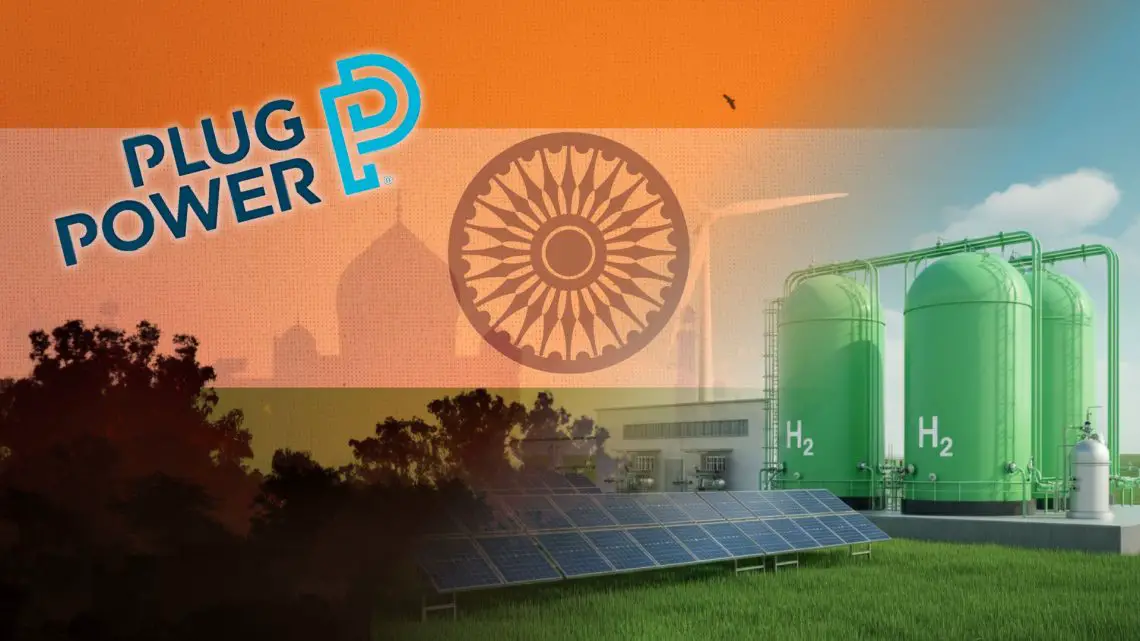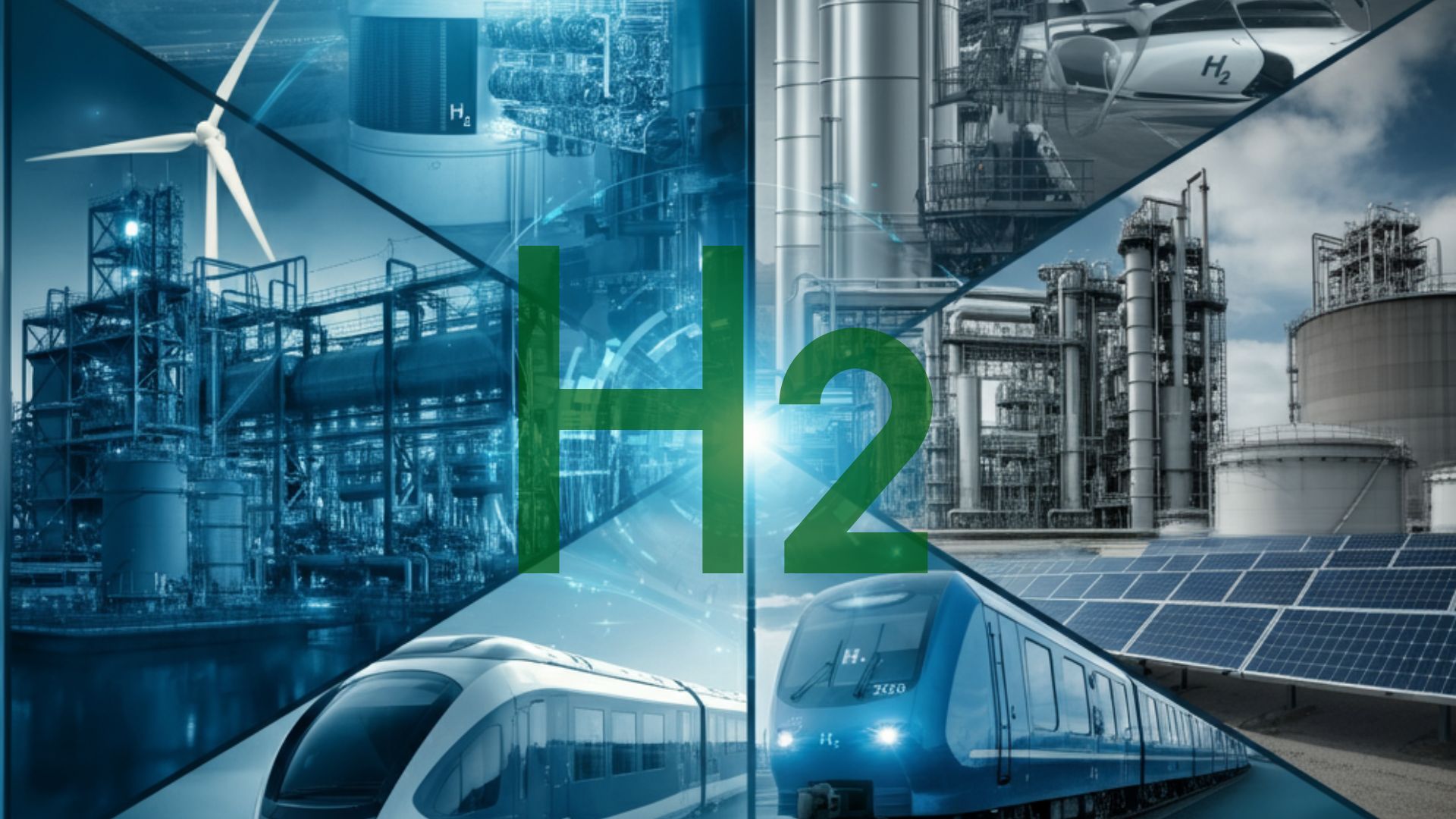
Plug Power Announces Plans for Multi-Gigawatt Hydrogen Projects in India
February 19, 2025Plug Power, a leader in green hydrogen solutions, has unveiled ambitious plans to bring multi-gigawatt electrolyzer projects to India by the end of the decade. The announcement mirrors the company’s wider strategy of pushing the boundaries of green hydrogen technology on a global scale. With India’s growing focus on renewable energy, this collaboration could serve as a catalyst for the country’s hydrogen economy while addressing pressing climate challenges.
Sanjay Shrestha, Plug Power’s president, recently emphasized the company’s enthusiasm during an interview with ETEnergy World. “We will be excited to be doing multi-gigawatt electrolyzer projects in India before the end of 2030 depending on demand and cost drivers driven by the Indian government,” Shrestha noted. The partnership aims to meet rising demand for green hydrogen while driving costs down to make it accessible at economic parity.
The Role of Green Hydrogen in Clean Energy Transition
Green hydrogen, derived by splitting water into hydrogen and oxygen with energy from renewable sources, is gaining momentum as a vital fuel for decarbonization. Unlike traditional hydrogen production methods that rely on natural gas, green hydrogen emits no carbon dioxide. Its applications span industries such as transportation, industrial processes, electricity generation, and even ammonia production.
With India positioning itself as a global hub for hydrogen under its National Hydrogen Mission, Plug Power’s entry into the market comes at an opportune moment. The Indian government has also been exploring tax credits and production mandates that could replicate the success seen in countries like the U.S., where policies like the Inflation Reduction Act have fueled hydrogen advancements.
Plug Power’s Technological Advancements Power Global Expansion
Plug Power continues to solidify its foothold in the green hydrogen market through innovation. The company made waves recently with its introduction of the hydrogen industry’s first spot pricing program. This initiative allows buyers to purchase green hydrogen on-demand, offering flexibility and affordability without the constraints of long-term contracts. Andy Marsh, Plug Power’s CEO, described the program as “a testament to customer-centric innovation,” enabling hydrogen suppliers and buyers to react swiftly to fluctuating demand.
The company also operates state-of-the-art facilities like the Georgia green hydrogen production plant, which boasts the largest PEM (proton exchange membrane) electrolyzer in the United States. Globally, Plug Power has been expanding its reach, with a 100-MW electrolyzer project nearing completion in Europe.
Technological advancements include key products like mobile liquid hydrogen refuelers and hydrogen storage tanks, critical for addressing infrastructure bottlenecks. By combining these innovations with reliable production methods like PEM electrolyzers, Plug Power is creating scalable solutions for a fast-emerging energy framework.
Strategic Moves in Emerging Markets Like India
For its India projects, Plug Power has expressed interest in partnering with local entities that understand the regional market. According to Shrestha, collaboration with a large domestic player could help streamline operations and scale up production more efficiently. “We are happy to collaborate with a big player locally in India who understands the market here better than we do,” he added, suggesting that co-developing the supply chain will be instrumental in achieving price parity for green hydrogen.
India’s focus on decarbonizing its industrial backbone tied to steel, fertilization, and heavy-duty transport offers significant opportunities for green hydrogen uptake. By addressing the country’s current reliance on up to 85% imported ammonia and hydrogen, Plug Power’s initiatives could also reduce energy dependency over time.
Scaling Green Hydrogen on a Global Stage
While Plug Power’s entry into the Indian market marks an important step, its global projects further highlight the company’s aggressive pursuit of scaling hydrogen infrastructure. Beyond India, Plug Power is working on setting up a “green hydrogen highway” across North America and Europe, promising robust hydrogen availability for industrial and transport use.
Their recent partnership with Energy Vault for an 8-MW fuel cell project in California underscores how integrated hydrogen technologies are becoming staples in critical applications, including backup power in areas prone to disasters. Plug has also worked with retail giants like Amazon and Walmart, deploying hydrogen-powered forklifts and charging systems.
Timelines and Immediate Applications for Green Hydrogen
Plug Power’s Indian projects are poised to take off depending on local policy structure and demand, with progress expected by the decade’s end. However, for green hydrogen to make an immediate difference, widespread adoption needs to accelerate now.
Industries in India and globally can leverage green hydrogen for decarbonizing essential sectors like steelmaking and heavy transport. Similarly, hydrogen fuel cells provide an emission-free alternative for powering fleets, generators, and commercial heating systems. These are tangible, near-term applications to reduce greenhouse gas emissions before 2030.
To achieve broad integration, infrastructure development, cost reductions, and public-private investments will be imperative. While challenges like high production costs persist, Plug Power and similar players are paving the way by demonstrating how innovative solutions, like spot pricing programs, can enhance efficiency and make hydrogen more accessible.
A Future Driven by Green Hydrogen
Green hydrogen’s versatility holds immense promise for shaping a sustainable energy future. With countries and companies committing to decarbonization, multi-gigawatt projects like those planned by Plug Power in India highlight what’s possible when technology, policy, and partnerships align. By bridging gaps in affordability and infrastructure, this clean energy source can transform industries while addressing global climate goals.



 With over 15 years of reporting hydrogen news, we are your premier source for the latest updates and insights in hydrogen and renewable energy.
With over 15 years of reporting hydrogen news, we are your premier source for the latest updates and insights in hydrogen and renewable energy.